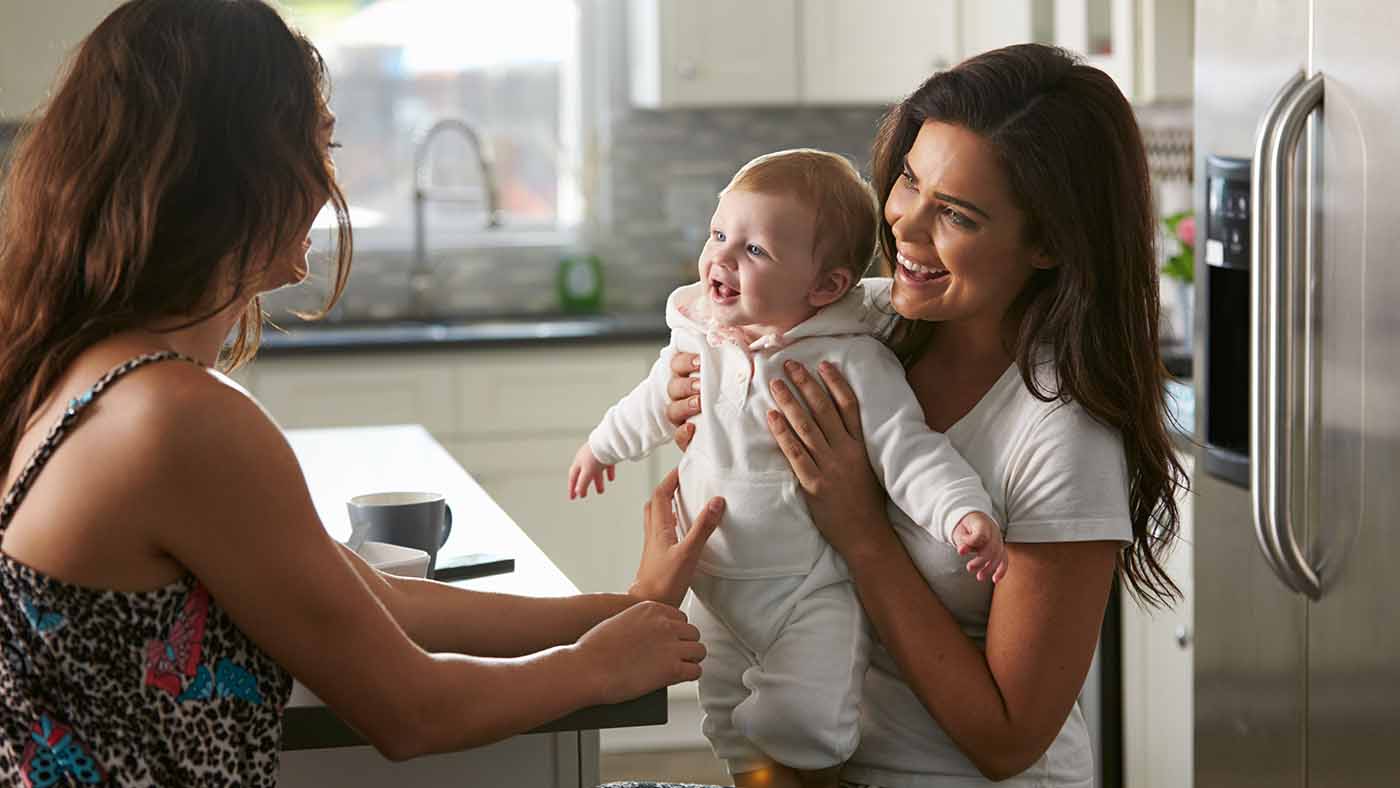Moving and interacting – the importance of your baby’s movements in their communication

You probably see your baby making rhythmic movements with their arms and hands when you interact with them. These will become more controlled as your baby’s physical skills develop, but you might be interested to know that these movements are associated with the development of communication.
Your baby might move their arms and hands as they make sounds, or look towards you or an object that interests them. Your baby’s movements and sounds will attract your attention. When you respond to your baby, they will learn about the social world around them, as well as about the objects you look at and talk about together.
So, each time you respond to a wriggle, you are helping your baby learn how to share attention with others and communicate.
References:
Moreno-Núñez, A., Murillo, E., Casla, M. & Rujas, I. (2021). ‘The multimodality of infant's rhythmic movements as a modulator of the interaction with their caregivers’. Infant Behavior and Development, 65, Article, 101645.
Scola, C., Bourjade, M., & Jover, M. (2015). ‘Social interaction is associated with changes in infants’ motor activity’. Socioeffective neuroscience and psychology, 5(5).